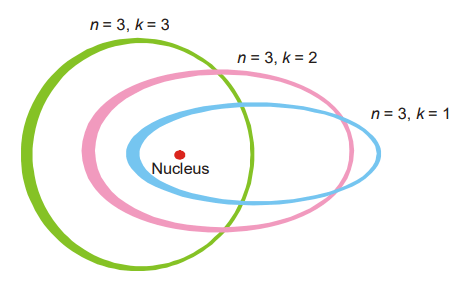How are electron arrangements in orbits?
Electron arrangements in orbits: Having known that planetary electrons numerically equal to the atomic number are revolving about the atomic nucleus in closed orbits, the question arises as to how they are arranged in these orbits. Langmuir Scheme Langmuir deserves credit for proposing the first detailed system for the organization of extranuclear electrons in 1919. … Read more
